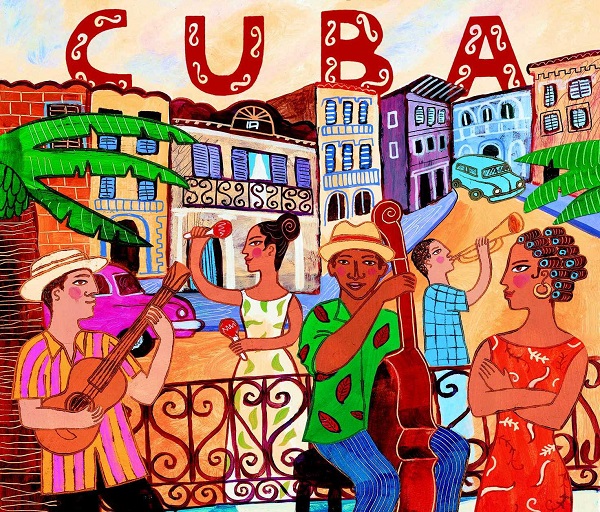11.6 Cuban Song Movement: Nueva Trova.

The Nueva Trova is the name given to the movement generated in Cuban song that emerged in the late 1960s and early 1970s.
New Trova is considered the continuation of traditional trova. The Cuban musical genre known as Trova emerged in the eastern region of Cuba, specifically in the province of Santiago de Cuba. It was created by bohemian musicians who performed their songs accompanied by guitar. Its main figure is José Sánchez (Pepe), who is considered the father of Cuban trova music. This was followed by another important movement that emerged in Cuban song in the 1940s, called Feeling. This movement was more influenced by much bolder melodies and harmonies with a marked North American influence. This trova movement features a more intimate approach and, at the same time, a concern for close communication with the audience.
The Nueva Trova flourished in a concert given by Silvio Rodríguez, Pablo Milanés and Noel Nicola at the Casa de las Américas (3rd and G Streets, Vedado, Plaza de la Revolución, Havana City) in February 1968. It was officially established as the Nueva Trova Movement in the city of Manzanillo in December 1972.
In Nueva Trova, musically, the treatment of the melody is very free, employing leaps, scalistic turns, chromaticism, and modal passages. It has great rhythmic diversity. Typical rhythms of Cuban and Latin American music are used. All types of harmony are employed. It is accompanied by the guitar or any other type of instrumental format. Unlike other musical genres, it does not have bands or large orchestras. It is a genre performed by singer-songwriters, that is, by singer-creators, author-performers. All Nueva Trova is the product of individual talents. The lyrics of its songs can cover diverse themes, including social, humorous, historical, patriotic, critical, and love in all its meaning.
It was in Havana where the first exponents of this Cuban musical genre emerged, including Silvio Rodríguez, Pablo Milanés, Noel Nicola, Sara González, Pedro Luis Ferrer, Vicente Feliú, Mike Purcell, and Amaury Pérez.








